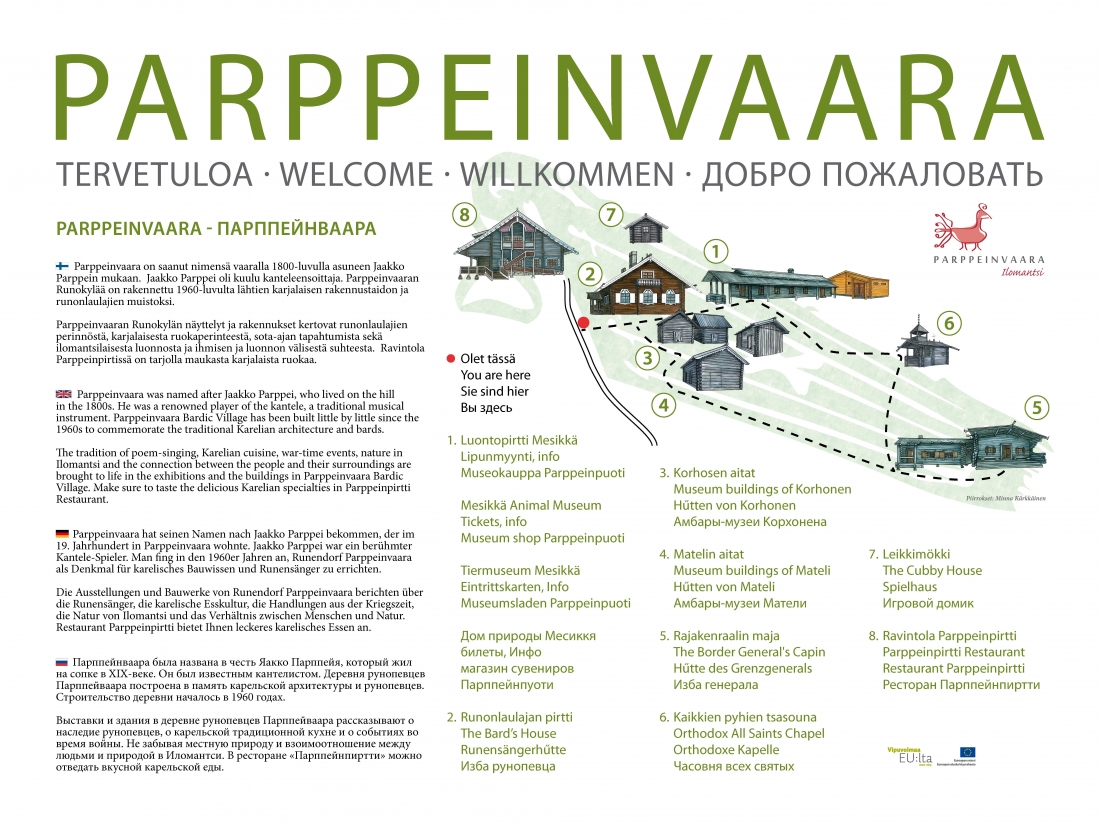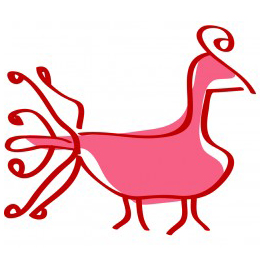Museum area
Museum area and the exhibitions
The Rune Singer's House
Ilomantsi’s secluded location on the border between the Lutheran and orthodox cultural areas has greatly influenced the area’s Karelianness. The atmosphere and exhibits of the Rune Singer’s House convey the ambience of an old Karelian cottage. The know-how to sing runes and play the kantele as a tradition which passed on from one generation to the next has been preserved in the area for relatively long.
In addition to runic songs and playing the kantele in the Rune Singer’s House, one can also explore the exhibition which tells about the history of Parppeinvaara’s Rune Singer’s House, Finland’s national instrument, kantele and the history of runic songs in Ilomantsi, Finland’s easternmost municipality. The Runesinger’s House also showcases an extensive collection of the national epic, Kalevala in different languages. In summer, there are also themed exhibitions.
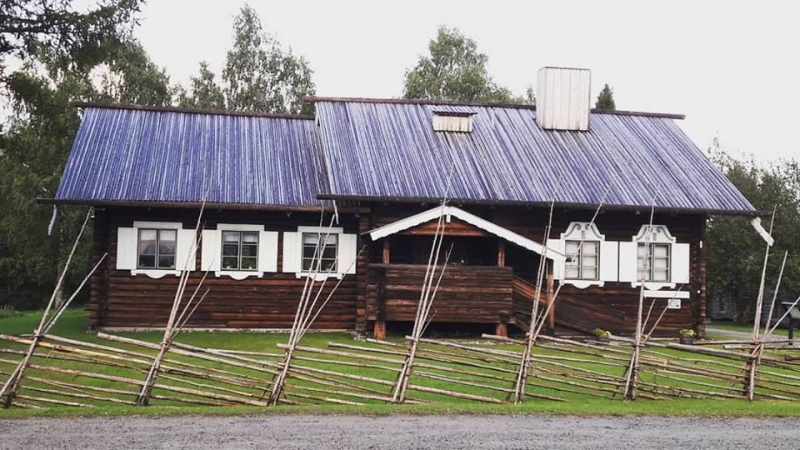
The Museum buildings of Mateli
Elias Lönnrot writes in the foreword of the Kanteletar:
“A couple of years ago, and it probably still is the case, there lived by Koitere Lake an old 80 year old wife, Mateli Kuivalatar, when we were reciting songs collected from other girls to her, she replied with “oh they still reminisce about them in this land and who sang it to you? It was I who did that as a young girl.”
The significance of Mateli’s runes for the content of the Kanteletar was notable. To Lönnrot, Kuivalatar was a “genuine singer” and he described her poems as such: “it is like the petite Rosa Carelica, the forest rose of Karelia, mildly-scented in the middle of the wilderness.”
The exhibition of Mateli Kuivalatar is located at the two-part hut transferred to Parppeinvaara from the yard of Mateli Kuivalatar’s birth place.
Next to the Museum buildings of Mateli there are two old storage houses which belonged to family Korhonen. Storehouses were transferred from Hattuvaara village. Now buildings serve as showrooms for Möhkönvirta - Contemporary Art Exhibition.
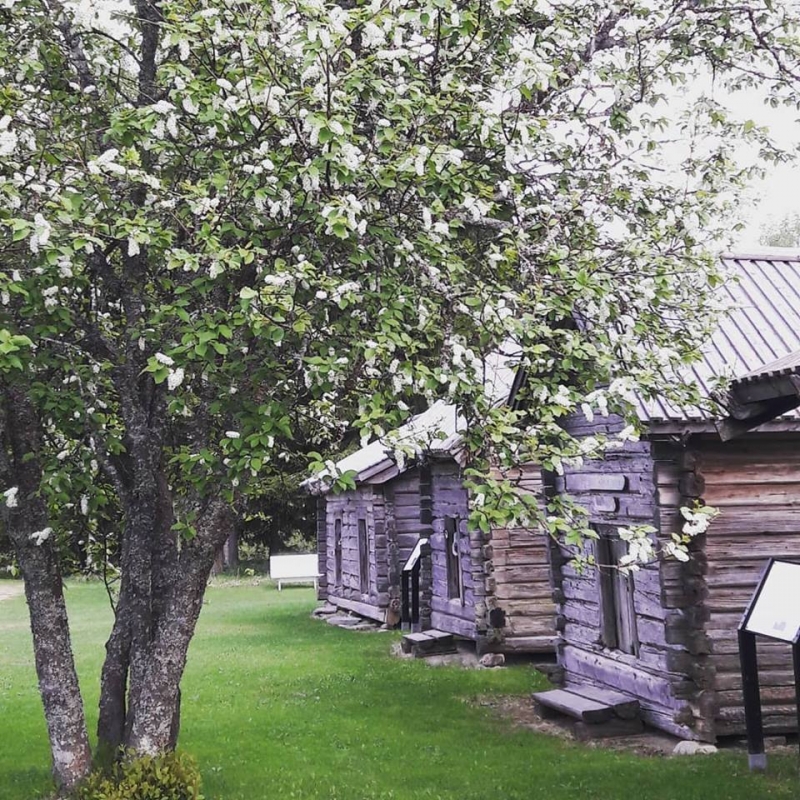
The All saints Chapel
The All Saints Chapel or prayer room was consecrated in 1980. It was originally constructed in Parppeinvaara for the filming of a film about rune singer Larin Paraske. The chapel’s icons were made by the local icon painters. Nowadays the chapel is used by Ilomantsi’s Orthodox parish and it serves as the place of service for the Breviary.
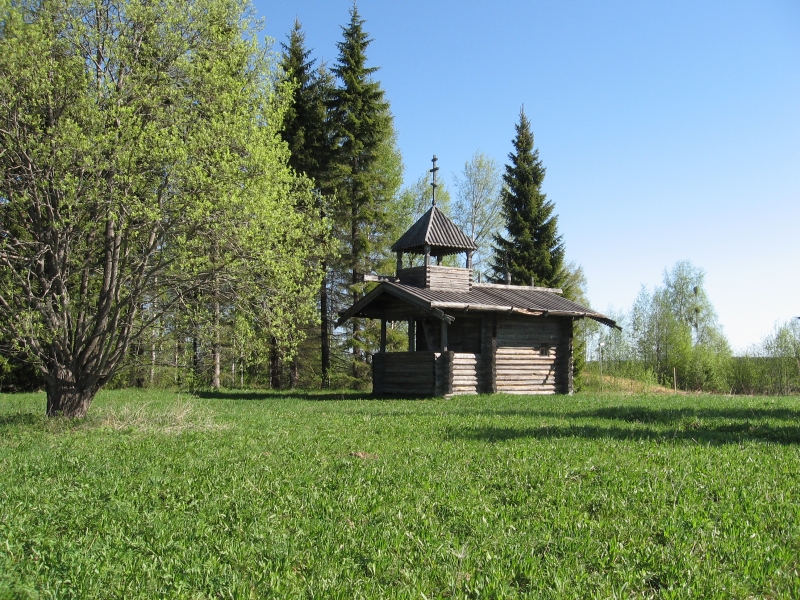
The Border General's Cabin Rukapirtti
The history of the legendary Rukapirtti is inextricably linked to Major General Erkki Raappana, the Continuation War and the battlefront of Rukajärvi. The exhibition of the Border General’s Cabin depicts his multifaceted character. The Border General Raappana was a nature- and dog-loving person as well as an outstanding war strategist. The exhibition offers a multi-sensory entirety which leads straight to the trench warfare period of the Continuation War towards the battlefront of Rukajärvi.
You can see the Major General’s weapons and badges of merit in the cottage. General Raappana's character as a defender of the border, commander of the decisive defensive battles of Ilomantsi at the end of the war as well as the nature-loving companion and confidant of Finland’s Marshal Mannerheim is what makes the cabin interesting. There is a 7-minute-long video which contains original film material of Erkki Raappana’s headquarters in Rukajärvi.
The variety of the original exhibits in Rukapirtti is impressive and the artefacts tell their own stories about the common history of the whole of Finland.
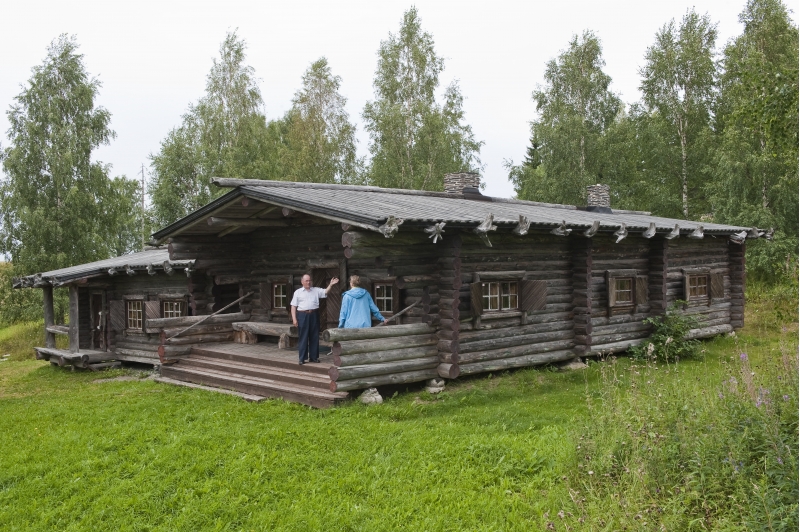
The Mesikkä Animal Museum
The Mesikkä Animal Museum’s exhibition showcases the relationship between people and nature: the traditions, hunting and the special features of the local nature. The Mesikkä Animal Museum consists of Heimo Rautava’s animal collection.The species in the exhibition are native to Ilomantsi area.
At the Mesikkä Animal Museum, one can see the most typical animal species of North Karelia and experience the amazing landscapes and the sensual ambient soundscape. The dioramas in the exhibition allow you to familiarise yourself with the swampy landscapes and dry boreal forest with its animals. In addition, at Mesikkä Animal Museum one can learn about folk beliefs, listen to the calls of cranes and be amazed by the size of a bear standing on its two legs.
The Mesikkä Animal Museum caters in particular to children, toddlers as well as school children of different ages. In the depths of a bear cave you can play with our numerous teddy bears and check out our bear books about fairytales and mythical worlds. The divercity of the Mesikkä exhibition supports the curriculum of different school subjects and visiting the exhibition provides new insights into school lessons.
The museum shop Parppeinpuoti, ticket office and the Travel information desk are located in the Mesikkä Animal Museum.
What is Mesikkä?
The Mesikkä Animal Museum was named after Major General Erkki Raappana’s (1893-1962) pet bear. During the war there was a tamed bear cub guarding Raappana’s headquarters in Rukajävi. After the demobilisation of the troops, Mesikkä ended up in the Korkeasaari Zoo. More information about the Mesikkä bear can also be found from the exhibition in the Border General's Cabin Rukapirtti.
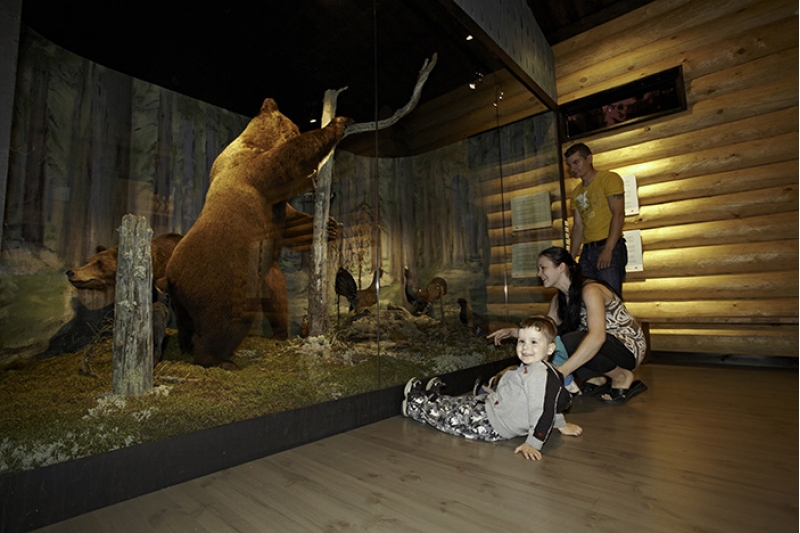
Map of the Runesinger's Village
